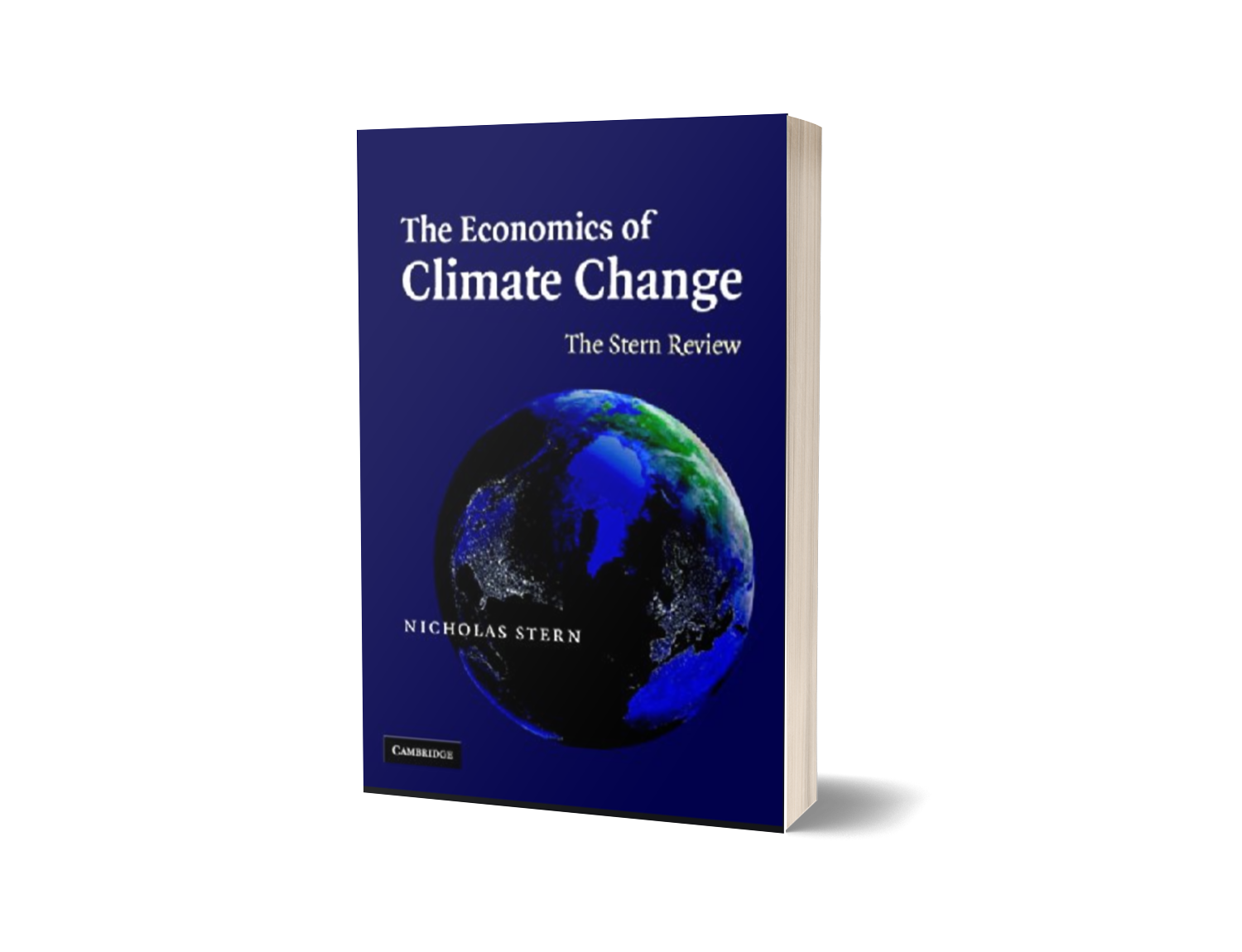Limits to Growth - The 30 Year Update
Book by Donella Meadows, Jorgen Randers, and Dennis Meadows (2004)
The first edition of Limits to Growth was published in 1972. The report and book were researched and written by four scientists at MIT for The Club of Rome, an international collection of businessmen, scientists, and statesmen trying to better understand global problems as part of larger interconnected systems. The team of four scientists built an early computer model called World3 which linked changes in population, resource use, and pollution, using the ideas of economic investment and consumption. The scientists input the rate at which technologies improved, to try and understand not only the limits to sources of energy, food, and minerals but also the ability of soil, water, and the atmosphere to accommodate pollution: limits to the Earth’s sinks.
The idea of limits to these ‘sources and sinks’ were used to estimate the carrying capacity of the planet. In the original report the team estimated that the quality of life for humanity would rapidly deteriorate at some point over the next 100 years. They calculated that the only way to avoid disaster was through a combination of limiting further population expansion, ending consumption growth, and pushing sustainable technologies as hard as possible.
By the end of the 1970s, limits to growth concerns had reached the highest levels and US President Jimmy Carter commissioned Global 2000 to better understand the problems. The report surmised, barring a revolutionary advance in technology, life for most people on Earth would be more precarious in the year 2000 compared to 1980, unless the nations of the world acted decisively to alter ongoing trends. The growing body of work by scientists and environmentalists was impressing an ever more dire vision of the future in the public consciousness. The possible response to these limits started to attract the attention of liberal economists who saw a rising threat to free markets and unhindered consumption.
There became a growing division between scientists or environmentalists and liberal economists. The limits-to-growth-thinkers such as the club of Rome reasoned that Earth’s resources were finite and therefore consumption or population must be regulated. Conversely, many liberal economists believed that the power of capital markets, price signals, substitution, and technological advancement could support indefinite growth in some form.
The longstanding argument over the limits to growth still rages today, and Climate Change has moved to centre stage. In ‘Limits to Growth - The 30 Year Update’ published in 2004 Meadows and Randers revisit the predictions and criticisms of the original report. The authors acknowledge that ‘new technologies, international agreements, and consumer buying habits’ have helped ease some pressures but that the ‘human ecological footprint is still increasing’. They assert that to reach sustainability, ‘humanity must increase the consumption levels of the world’s poor, while at the same time reducing humanity’s total ecological footprint through technology, personal change, and longer planning horizons’.
The 30 year update is now 20 years old but for anyone interested in the interaction between economy and environment this book is a must read. It provides a clear (though basic) framework of how to think about human welfare with respect to the pressures on Earth’s ‘sources and sinks’ using an integrated approach between economic modelling and physical modelling. It also gives a great insight into 50 years of the limits to growth debate - a debate which ultimately runs back hundreds of years to 18th century scholars such as Malthus and Godwin.
Read this book and you will gain a deeper appreciation of the long running arguments that frame many aspects of our culture, and whether you agree with the authors conclusions or not, this book will help you think in scenarios rather than absolutes. It shows that there are many paths the world can walk successfully into the future, and it is my belief that if fostered correctly the friction between opposing world views can help to guide humanity along an optimal path for our species and for the planet (or at least near optimal!).
*Cover Image by Peter Holm






















Not a climate change book but an important read for anyone interested in how to objectively evaluate information and make more accurate predictions about the future.